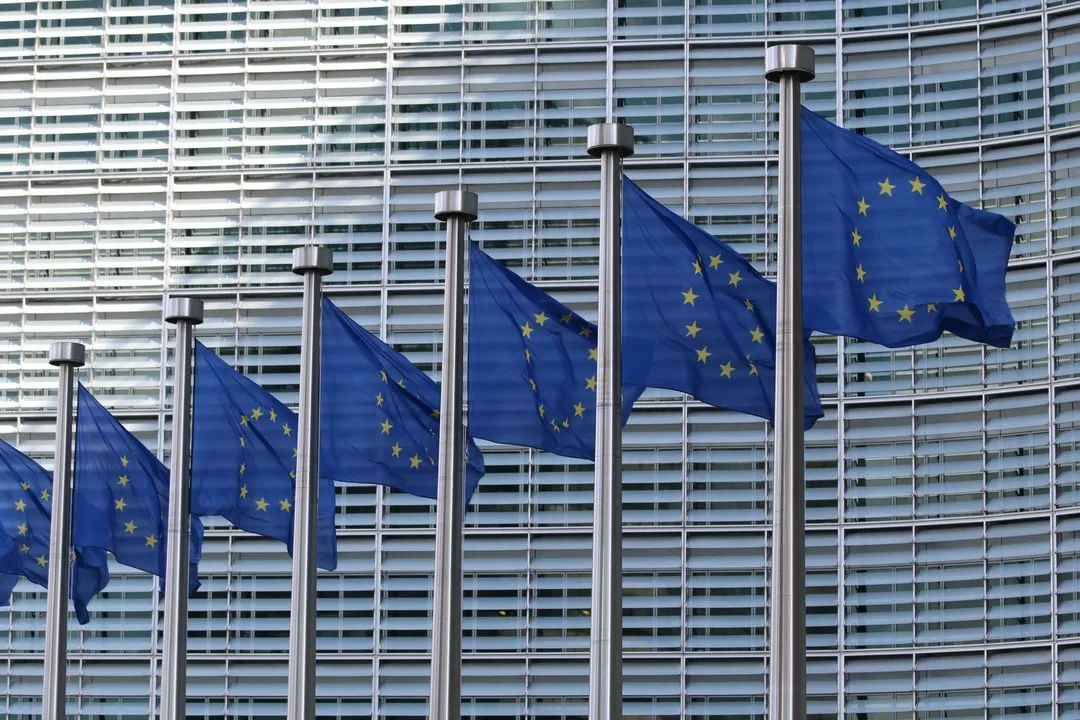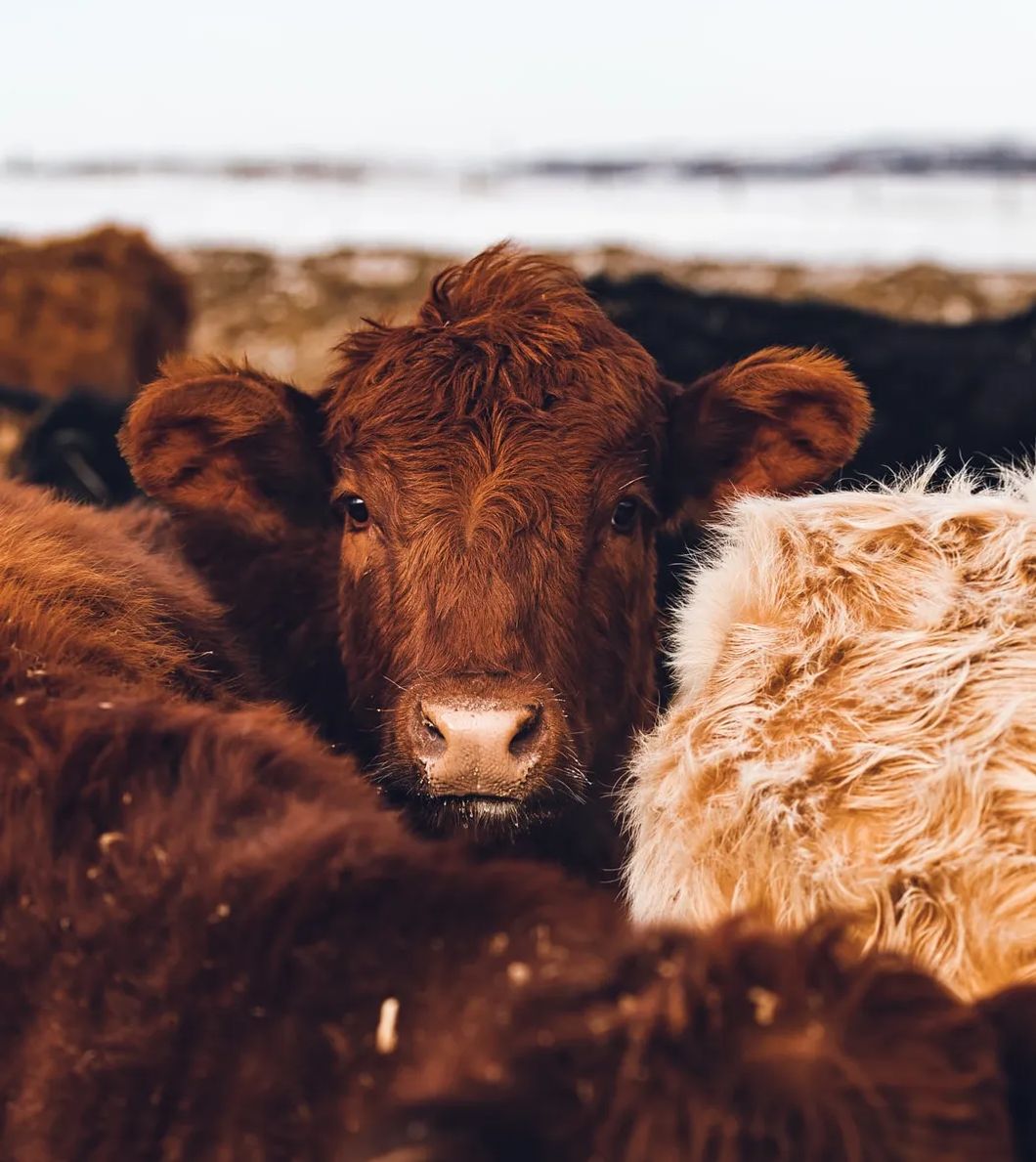Measuring environmental sustainability can be a big challenge. Moreover, there exist many ways to calculate the environmental impact of a product or product value chain. Different companies use different methods and different background data. This makes it impossible to make fair comparisons between products for instance. It obstructs the way forward to create truly sustainable food systems. To tackle this challenge, we support industries and sectors to develop harmonized environmental calculation rules, based on the latest available international methodologies.
Mérieux NutriSciences | Blonk has been involved in the major global developments related to LCA and environmental standard development. Examples are the European Product Environmental Footprint (PEF) method and PAS 2050.








